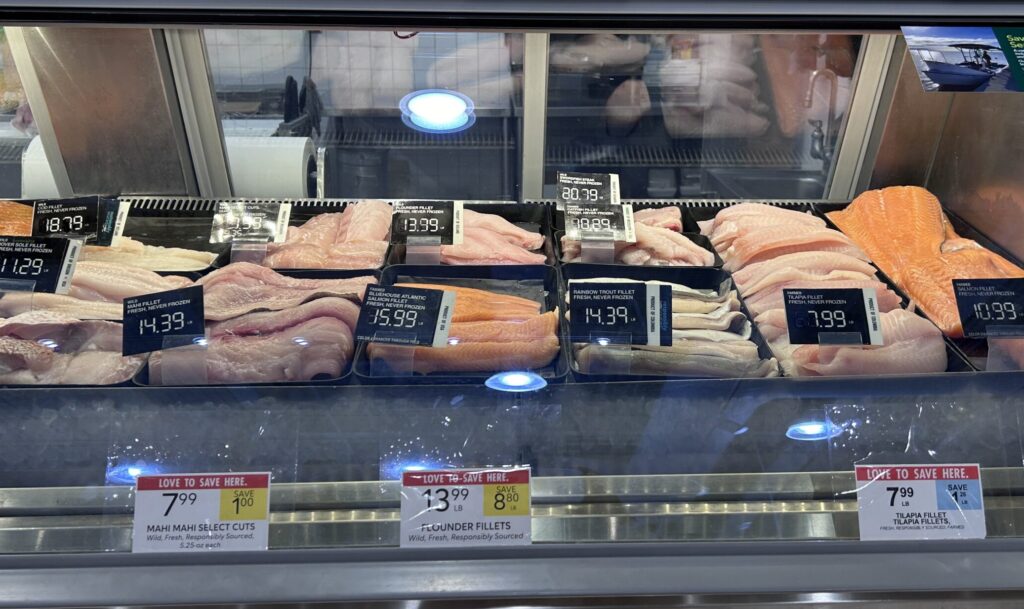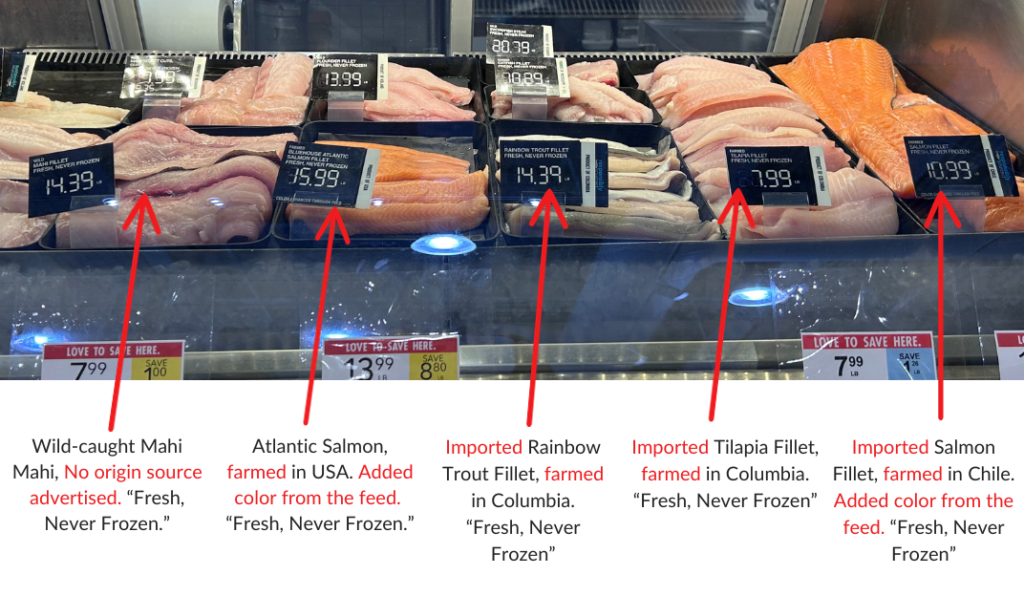Considerations when buying Seafood from a Grocery Store
Some of us are lucky enough to have access to fresh seafood from coastal areas or local fishmongers. But let’s face it, not everyone can do that, and many of us end up buying seafood from the grocery store. Now, I’m not saying don’t buy from them, but their seafood might not always be the best option. So, here are some of the top reasons why you might want to think twice about buying your fish from grocery stores.
Read More

